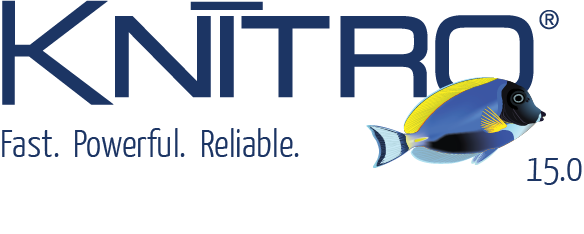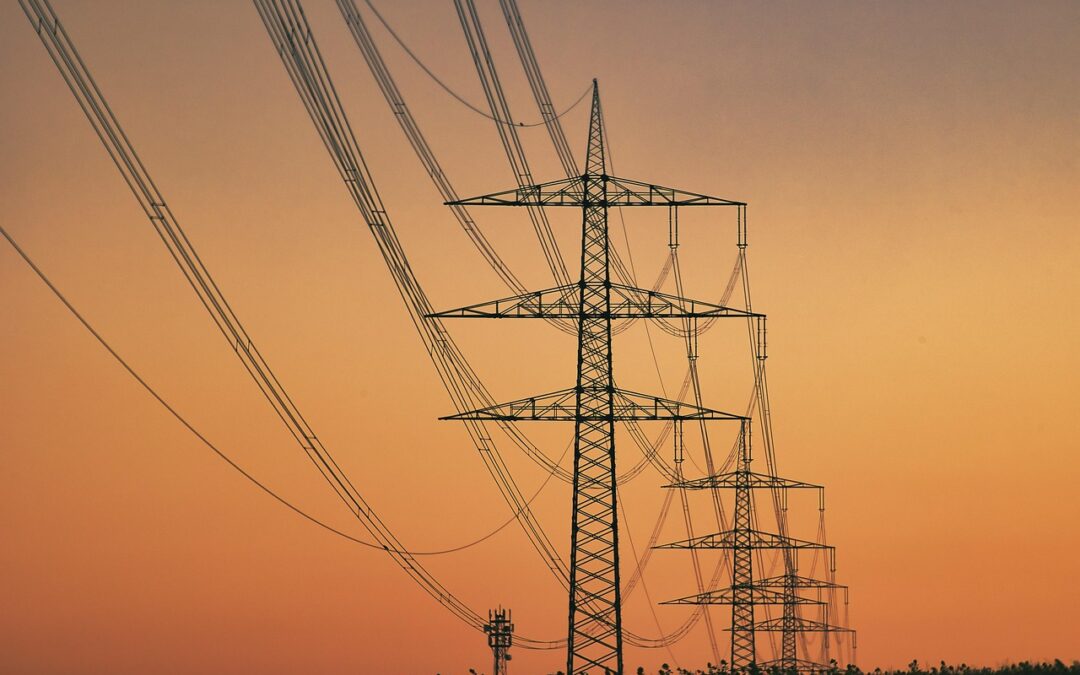Artelys participates in the demonstration of large-scale underground hydrogen storage in Europe
Launched on March 20, 2024 in Paris, the project brings together 17 partners and aims to validate underground hydrogen storage (UHS) in salt caverns on an industrial scale and its potential flexibility for operational uses.

FrHyGe: Full qualification in France for large-scale Hydrogen underground storage and replication from Germany to all European countries
With a total budget of €43 million (€20 million funded), the aim is to set up a demonstrator in Manosque (France) to prepare the ground for its industrialisation as GeoH2 and its replication in another Storengy site, in Harsefeld, Germany (SaltHy), and then more widely in Europe. In particular, the demonstrator will focus on showcasing the flexibility potential of underground hydrogen storage by assessing the feasibility of injecting and withdrawing 100 metric tons of hydrogen over cycles ranging from one hour to one week.
Artelys will support the replication of this technology on both sites, and then at a larger scale in Europe, via simulations carried out thanks to the multi-energy modelling solution Artelys Crystal Super Grid. The use of the model will be twofold:
- Undertake the cost-benefit-risk analysis of both industrialization projects, GeoH2 and SaltHy,
- Assess the role of UHS in reaching European climate and energy targets.
For the first activity, a thorough analysis of the values brought by the UHS assets will be undertaken, informed by a detailed review of their respective ecosystems and by building upon recent studies on cross-sectoral services brought by UHs in general, such as the study undertaken by Artelys for GIE “Showcasing the pathways and values of underground hydrogen storage study”. This will be the opportunity to provide a standardised definition of indicators to capture theses values and potentially inform the current methodology used for the evaluation of H2 infrastructure projects that are PCI (Projects of Common Interest) candidate.
For the second activity, the study will build upon Artelys Crystal Super Grid’s advanced sector coupling modelling capabilities and state-of-the-art optimisation techniques to model multi-energy transition pathways at pan-European level, in order to provide a quantified analysis of the contribution of large-scale penetration of UHS to meet the targets set by recent energy and climate policies (REPowerEU plan, 2040 GHG target, Net-Zero by 2050).



“The project is supported by the Clean Hydrogen Partnership and its members ”

Artelys Knitro 15.0: New Tools for Your Large-Scale Models
Artelys is pleased to announce the release of Knitro 15.0, which provides new algorithms and performance improvements to solve your large-scale optimisation problems, whether linear or non-linear, more quickly.

Artelys Introduces Future Sight: a Visualisation Tool Supporting the Energy Transition
As partner in the European Climate + Energy Modeling Forum (ECEMF) – a Horizon 2020 Europe project uniting research institutes and leading energy modellers in Europe – Artelys has contributed to modeling activities powered by Artelys Crystal Super Grid modelisation tool, and has led the development of a fully-fledged visualisation tool.

Supercharging Optimisation: How Artelys, FICO and NVIDIA cuOpt Join Efforts to Scale Up Energy System Optimisation
As energy system models continue to scale—reaching up to hundreds of millions of variables and constraints—traditional CPU-based optimisation solvers are hitting performance and memory bottlenecks. These increasingly complex models are essential for planning Europe’s energy transition, yet solving them within realistic timeframes has become a pressing challenge.

Artelys is powering SEleNe CC’s Common Grid Model (CGM) Service
Artelys provides maintenance and support services of the calculation module used to perform the European Merging Function (EMF) at SEleNe CC
subscribe to our newsletters
© ARTELYS • All rights reserved • Legal mentions